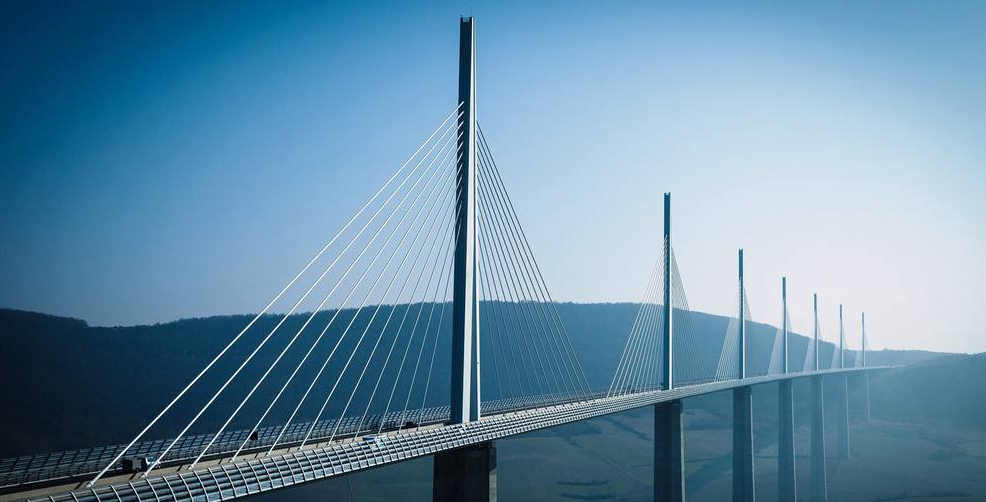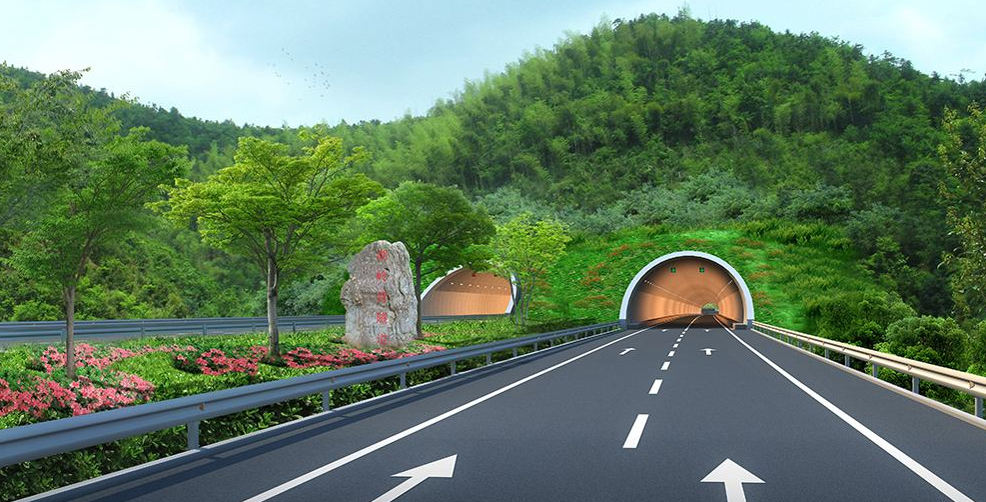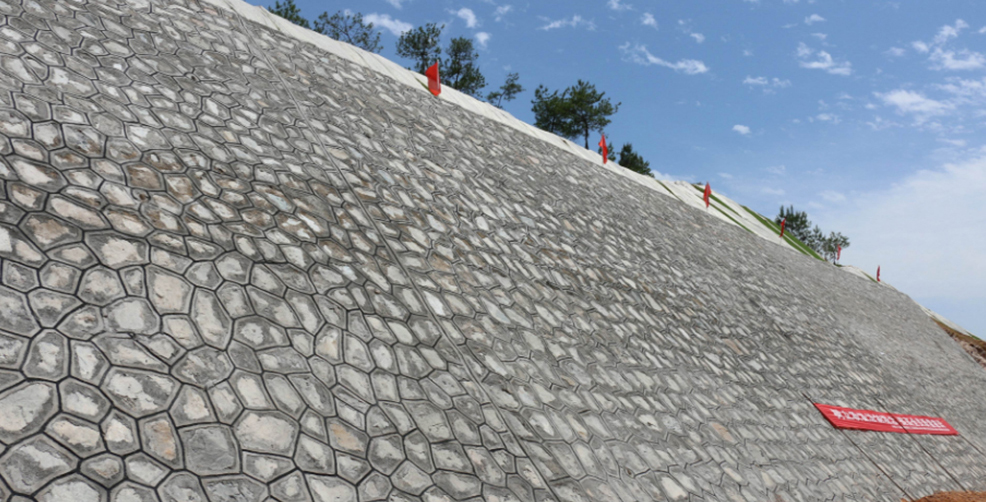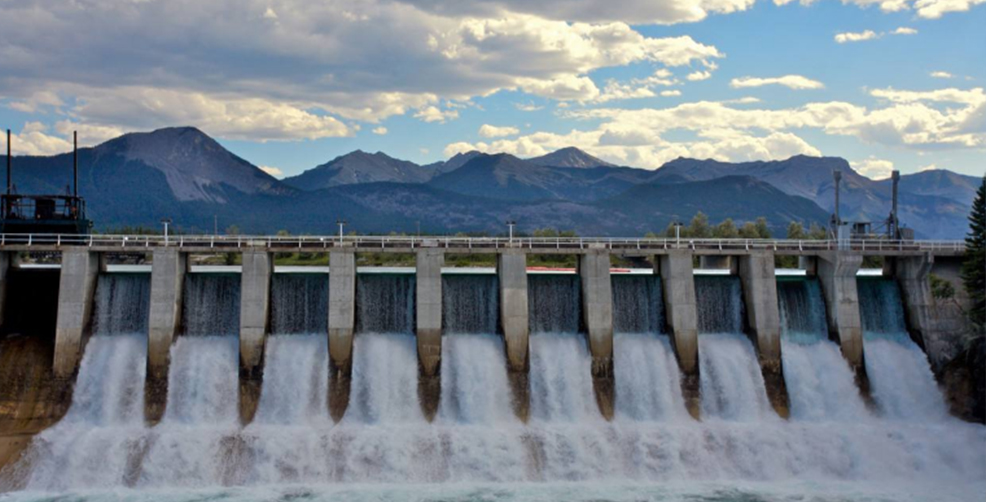Monitoring background
In the process of construction and use of bridges, due to the erosion of environment and harmful substances, vehicles, wind, earthquake, fatigue, human factors and other factors, as well as the continuous degradation of the properties of materials themselves, All parts of the structure have different degrees of damage and deterioration before reaching the design life. If the damage can not be detected and repaired in time, it will affect the driving safety and shorten the service life of the bridge, and lead to the sudden destruction and collapse of the bridge. Therefore, understanding the limit state, bearing potential and residual life of the bridge is of great practical significance for the reasonable use of the bridge.
System Overview
The basic connotation of bridge health monitoring is to provide early warning signals for bridges under special climate, traffic conditions or when bridge operating conditions are abnormal, through monitoring and evaluation of bridge structure conditions, providing guidance and guidance for bridge maintenance and management decision-making。In the actual operation of bridge engineering, sick Bridges keep appearing. A large number of literatures show that the diseases and accidents of long-span Bridges mainly focus on the cracks and deformation of main girders, piers, and the change of cable forces。The structural health monitoring system design provides basis for carrying capacity assessment and health assessment by collecting data such as strain, crack, acceleration and temperature.










